Nicholas de Klerk finds an exhibition at Tate Britain is a reminder that the creation of buildings and their use over time is an essentially collective human endeavour

The Isaac Julien retrospective, What Freedom Means to Me, currently showing at Tate Britain, includes six films selected from across his more than thirty-year career. For the purposes of this review, I am going to focus on just two of them, which examine the lives and work of John Soane and Lina Bo Bardi respectively.
Before considering the films themselves, the staging of the exhibition as whole is itself interesting. For the design of the installation, Julien collaborated with David Adjaye. Each screening is set within its own room, all approached through corridors radiating out from a central space that you return to each time you leave an individual screening room. Visitors to the exhibition do not access the exhibition through this main vestibule, but instead through one of the screening rooms, entering through the rear of the space, through what feels like a back door, which is slightly, and I think intentionally, disorientating.
Lina Bo Bardi – A Marvellous Entanglement, which Julien created in 2019 and which I first saw in the much smaller Victoria Miro gallery at the time, examines the architect’s oeuvre through dance and other performances and dialogues set in seven of her projects, including the famous Sesc Pompeia and São Paulo Museum of Art. It’s necessary to note at this point that this is not a review of the architect or her buildings but of the artwork which showcases them.
This may seem like a slightly semantic distinction to make, but is an important one. It is difficult within the scope of a review like this to take on such an expansive subject, including, as was pointed out to me on Twitter by Adam Nathaniel Furman, the architect’s more controversial political allegiances.
Two actors play the architect at different stages of her life and voice texts inspired by the architect’s writings. This is complemented by immersive and tracking visual sequences in and around the buildings projected simultaneously onto multiple screens in the darkened space.
It is difficult to decide whether to focus on one screen or to try and follow them all but ultimately even when focussing on one, your peripheral vision takes in elements the others. Which is not unlike being in a building or in a space. Not the same, certainly, but it is iterative, mimetic and poetic.
This is echoed in the plinths on which the screens are balanced, which resemble those in the São Paulo Museum of Art. Having myself only seen these buildings through visual representations, this takes the experience of them – through moving image, voice, performance and representation into the realm of the uncanny.
Vagabondia, created in 2000, is set in the Soane Museum in Central London, and imagines – through the eyes of a black female curator, the invisible histories of the artefacts and the legacy of the vast undertaking of their extraction and relocation to the UK (of which the Soane Museum is a small but notable example). Using distinctly Soanian techniques of reflection, doubling, shadow and allusion the film evokes the repressed histories of the artefacts.
A fundamental aspect of the work, is that the museum is a ‘private home staged as a museum’ which centres the question of what ‘home’ is for all the artefacts that it contains. In having his own mother, Rosemary, narrate the film in a French Creole dialect which originates in Saint Lucia, a sense of displacement infuses the experience of the film.
In doing this, the artist holds up a (metaphorical) Soanian convex mirror to its audience and wonders if, confronted with both the official narrative of the museum and its contents alongside a more affective interpretation, our views on the repatriation of historic artefacts would be quite as certain as we might think they are.
What links both films within the exhibition is the notion of representing architecture on screen and in this it is, I think, singularly unique. Even with the ability to navigate the museum virtually with its ethereal, again uncanny, 3D scan, you are no closer to genuinely understanding the experience of being in the building.
The films don’t physically achieve this either (as a point in fact, they cannot), but as artworks exploring space and history through performance and narrative, they understand that the creation of buildings and spaces and their use over time is an essentially collective human endeavour.
This is what I will take back to the Soane, and to Bo Bardi’s buildings should I have the opportunity to visit them in the future.
Postscript
Isaac Julien: What Freedom Means to Me is at Tate Britain until 20 August 2023
Nicholas de Klerk is the founder and director of Translation Architecture


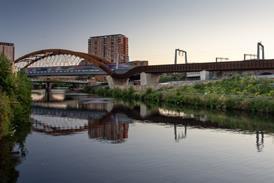
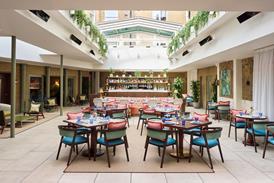





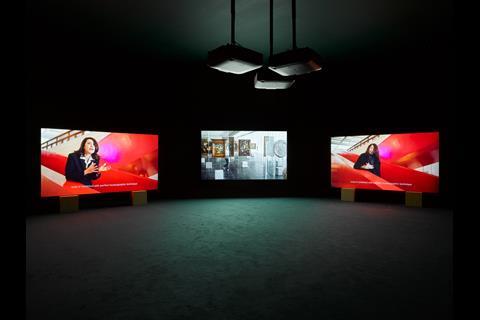




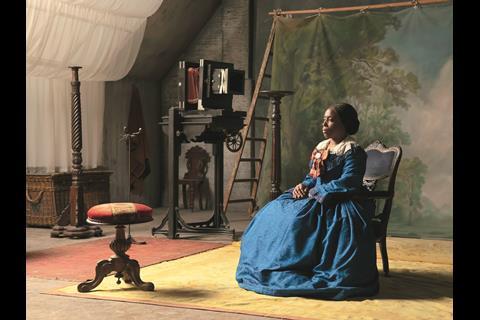

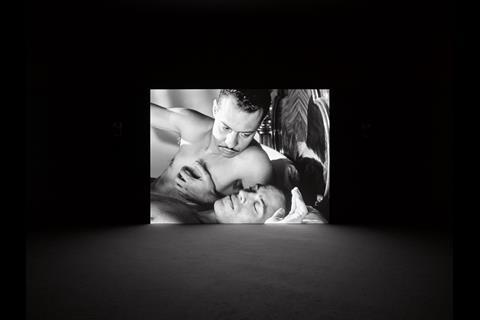










No comments yet